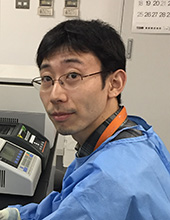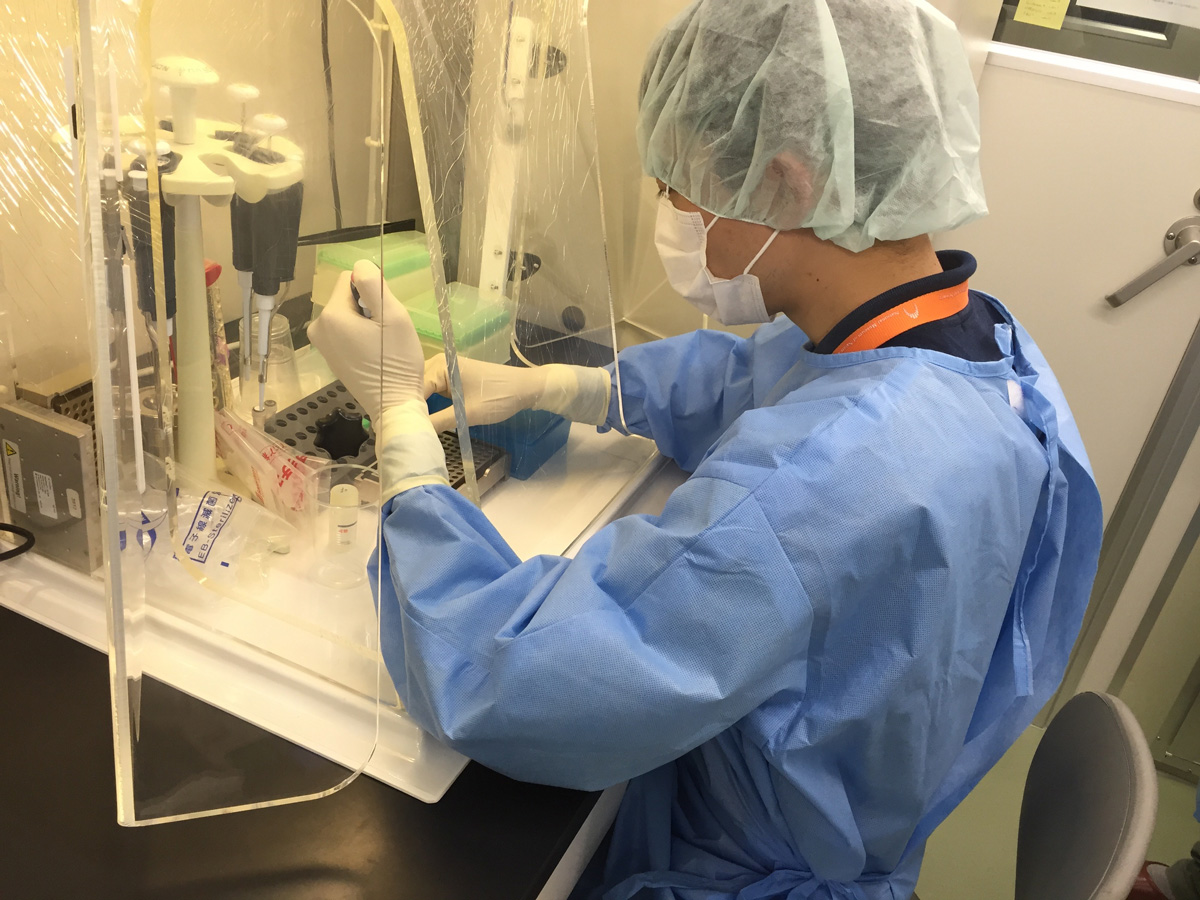
Hideaki KANZAWA-KIRIYAMA
Principal Investigator
National Museum of Nature and Science・Department of Paleontology and Anthropology・Senior Curator
In the past decade or so, whole genome studies of ancient human remains have developed rapidly and are now a powerful experimental and analytical method indispensable for elucidating human history. Considering that when I was a graduate student, we were analyzing partial mitochondrial DNA sequences from Jomon skeletons, the world of ancient DNA studies has truly changed. Now, in conjunction with archaeological methods, we aim to elucidate the formation of prehistoric humans and cultures in the Honshu-Shikoku-Kyushu islands, and contribute to building "integrative bioarchaeology".
Team Members and Research Themes
- Kousaku Nakamura・National Museum of Japanese History・Associate Professor:Analysis of Interregional Relationships in Jomon Culture
- Tatsuhiko Hamada・Okayama University・Visiting Researcher:Analysis of Interregional Relationships in the Yayoi period
- Akira Seike・Okayama University・Professor:Analysis of Interregional Relationships in the Kofun period
- Shiori Yonemoto・Kyusyu University・Associate Professor:Morphological study of human remains of the Yayoi and Kofun periods
- Noboru Adachi・University of Yamanashi・Professor:DNA extraction and mitochondrial DNA analysis of human remains
- Tsuneo Kakuda・University of Yamanashi・Assistant Professor:Genome analysis of ancient humans
Outline of Research
This study is a fusion of biological anthropology (ancient human genome and morphology) and archaeology (remains and artifacts) to elucidate the human history of prehistoric people in the Japanese archipelago from both biological and cultural perspectives. Through whole genome analysis of ancient human remains from the Honshu, Shikoku, and Kyushu islands, we will elucidate the genetic characteristics of these areas and their evolution over time, from the Jomon period to the present day, in detail, and clarify the roots of the people who came to the Archipelago after the Yayoi Period, and how they interbred with local populations. By combining the findings of ancient genome analysis with the cultural commonalities and changes over time in each region suggested by archaeological perspectives, we will also clarify the formation process of human populations and human interaction in each region, as well as the social structure that led to the formation of nations. In this process, we hope to contribute to the creation of a new academic discipline: integrative bioarchaeology.

